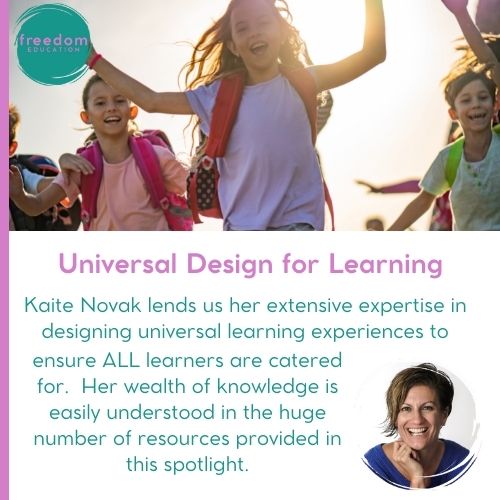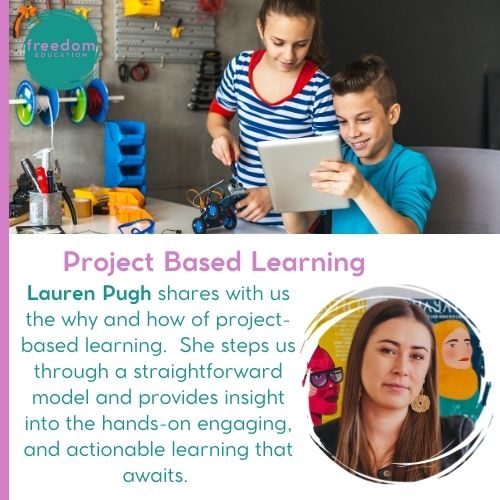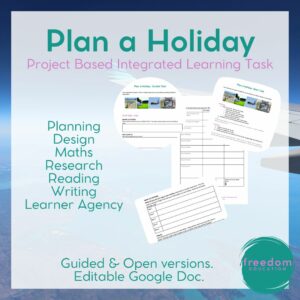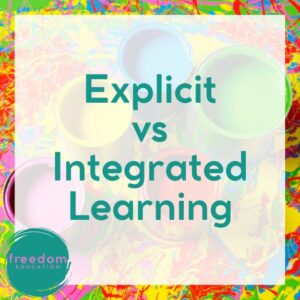
Engagement and Behaviour
One of the things I have always highlighted in teaching and learning, and a major reason for my passion for learner agency and project based learning, is engagement. It’s the essential ingredient that transforms a standard lesson into a meaningful learning experience. Engagement isn’t merely about keeping students occupied; it’s about fostering genuine interest in the subject matter and influencing their behaviour in the process. Yes their behaviour, the two go hand in hand.

Imagine a classroom filled with energy, where students eagerly immerse themselves in tasks, driven by a genuine curiosity to learn. These are the engaged students—the ones who approach challenges with enthusiasm and a desire to expand their knowledge. But engagement isn’t just a state of mind; it has tangible effects on brain chemistry. When students are fully engaged, their brains release neurotransmitters like dopamine, which enhance focus and concentration, making distractions less likely to derail their learning.

In tasks where high engagement is present, students promptly begin tasks and remain committed throughout, demonstrating an intrinsic motivation to explore further without external prompts. They maintain focus through potential distractions and take charge of their learning by independently setting goals and seeking feedback. In contrast, low engagement is evident when students hesitate to start tasks and are quick to disengage, often extending breaks and displaying minimal interest in returning. They may require constant reminders to stay on track and exhibit little ownership over their learning. We have all had both in our classrooms before, right?
Nothing brings me more joy than seeing a classroom full of kids getting stuck into a project or learning task before the 9am bell, because they WANT to. Or begging to not have to go to lunch because they are so into what they are working on. More than once I have had my weeks planning ruined by engaged kids who kept working at home so were ahead of my plan for the following day. That kind of problem, I am more than happy to have time and time again. Through all of these times I can guarantee one thing – negative behaviours were at an all time low and almost nonexistent at all.
Whether engagement is high on not depends on a number of factors. WHAT is being learnt, WHY it is being learnt, and HOW it is being learnt. If all three of these are favourable the learner then the likelihood of engagement being high and negative behaviour being low is as certain as the sunrise each morning.
The tricky part to achieving this comes to the sheer number of students in the class. They are all individuals with individual interests, learning preferences, and values in lfe. So how can you possibly create learning activities that will keep ALL of them engaged? My answer to this is you don’t. You create a learning environment where the students themself create the WHAT, WHY and HOW of their learning. If they own the learning they will make damn sure it’s engaging. You provide open ended options like play and projects. You teach them the skills to manage themselves and support them to do so. You offer ideas, direction, encouragement, resources and you make their ideas a reality.
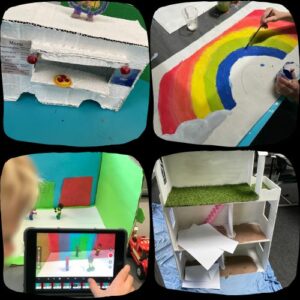
Even for the basics where direct instruction is necessary, if you provide enough choice you will find that engagement can be high. Choosing the order of necessary tasks, keeping these tasks short and not “busy work” (more time for play and projects), choosing what they read themselves, what workshops they attend, marking their own work, choosing their writing topic or text to read. If you look beyond teacher control and towards leaner ownership you will be on the right track.
You CAN rethink education, raise engagement and reduce negative behaviours.
You just have to choose to do it. For them and for you.
I’m all about the tools around HOW to rethink education and make these things a reality so if this is something you are dedicated to achieving then here are a couple of links from within freedom ed that will help.
- Ditch the Tumble Learner Agency course. – If you increase agency you will ultimately increase engagement and this comprehensive course teaches you HOW to develop students that can make the necessary choices for both explicit and project learning.
- Universal Design for Learning (UDL) is a framework that supports providing multiple options to suit learners individual needs and interests. Our PLD spotlight goes into more depth on this for you.
- Project Based Learning is the ultimate real learning experience where high engagement is guaranteed so we have put together a PLD spotlight all about it along with ready to go projects to either purchase individually here or receive as part of membership.


